My visit to the bright, vertical city
The Cité Radieuse aka Unité d'habitation aka Le Corbusier residential machine in Marseille
Marseille, a city that combines southern flair, an exciting history, excellent food and also cultural differences and underestimated beauty. In the heart of the Provence lies the portuary metropolis and second largest city in France. When reading the history of Marseille, one can understand how it became an important trading power through the flourishing trade in the 17th century. After its destruction in World War II, the city and its population showed how strong they were to rebuilt the city. The Cité Radieuse by Le Corbusier is part of this "resurrection". This radiant, vertical small town was built for social purposes, and you know what? I felt very comfortable there!
On the way to the “concrete block”
The metro line M2 takes me to the stop "Rond-Point du Prado" and my journey to Le Corbusier begins! The subway station is located not far from the famous Stade Vélodrome (home of the football club Olympique de Marseille) and represents a junction in the transport network around Marseille. Maurice Scialom is the architect of the station, which was opened in February 1986. The Prado roundabout is frequented by 2,400 vehicles a day (I just had to google this information) and the noise – a mixture of cars, buses, pedestrians, bicycles and mopeds – hits me as soon as I appear on the surface. By sheer luck, I'm already on boulevard Michelet, walking under a row of trees in the direction of the Unité d'habitation by Le Corbusier, also known as Cité Radieuse.
My unembellished image: a large concrete block with a little paint on the balconies and some trees around it. So I stroll along the street and I am amazed by the numerous building activities around the historical building. And then I see her, at least I think so, the Unité d'habitation designed by Le Corbusier for the city of Marseille. The side view behind the trees promises not to disappoint my assumptions, and yet I am curious to see if the Cité Radieuse will show itself to me in the way Le Corbusier had planned it.
My assumptions are being disproved...
From the side, I enter the property at sunny 28 degrees and I have to admit my speculations are clearly refuted by what I see. The "concrete block" opens up in a gentle and masterly way. The immense size only becomes clear when you see the entire Le Corbusier building in front of you. The trees are positioned in such a manner that it is just not possible to feel "overwhelmed" and the colours on the balconies loosen up the concrete building.
Before I go to the entrance of the Cité Radieuse, Le Corbusier's Modulor welcomes me and I feel a desire to finally enter the building, which is a listed building and since 2016 part of the UNESCO World Heritage. Past the doorman and with the elevator to the publicly accessible "streets" on floors 3 and 4. On the third floor of the Wohnmaschine is the "shopping street". Here I stroll past the restaurant and the hotel bar in raptures, see where you can buy things, promenade past the bookshop and admire the light-flooded rooms and wonderful colours.
My visit of the radiant, vertical city of Le Corbusier
But what most impresses me is the wonderful and exciting roof terrace of the Unité d'habitation in Marseille. I arrive at the top with the old elevator; an unbelievable view looking to the sea opens up to me. How might it have looked like in former times, after World War II (in 1943, the whole harbour area was blown up) and during the construction time of the Unité? Many things go through my mind when I let my gaze wander. Collective living in the post-war period? Brightening up the dreariness of those years with colour? Building high buildings when there were no tall houses yet? Theatre, school, restaurant, shop, runway and pool in the same building as the daily family life? Today, attempts are again being made to bring a variety of leisure activities under one roof in the "modern buildings". Today, that is 2020 – the building of Le Corbusier, on whose roof I stand, was built between 1947 and 1952...
So, as I walk across the roof of the Le Corbusier building and think about all the questions, I suddenly notice how comfortable I feel here. It's rare that the first time you visit a building, you just feel 'at home'. Sitting in the sun, I forget about the M2 metro line, which will take me back to the city centre. I forget the cars, pedestrians and mopeds. I am deeply impressed about this radiant city of Le Corbusier and Marseille, a city that combines southern flair and exciting history at 28 degrees.
Le Corbusier colour on the example of the Unité d'habitation in Marseille
The French architect and architectural historian Pascal Mory, responsible for the reproduction of an apartment of the Cité Radieuse in Marseille for the Paris Architecture Museum, explains the Le Corbusier colour concept for the contribution «The Colours of the Collective» as follows:
"The post-war architecture of Le Corbusier is characterised by a vivid colour scheme – which often takes the form of colour accents. The "Béton Brut", the raw concrete, plays an important role in the combination with colour as well. With the Unité d'habitation, Le Corbusier created one of his most important and well-known buildings in terms of colouring”, says Pascal Mory. He also explains that until that time it was not usual to paint concrete with paint, as the many openings in the structure required multiple coats of paint. This was done to give the result a certain depth of colour. Mory suspects that Le Corbusier was the first to combine colour and Béton Brut. Le Corbusier states this in relation to the Cité Frugès:
„[...] The cement plaster are of an unbearable sadness. It meant making use of colour to give appeal and mainly to distance each house, one from the other, to open perspectives, to break the grip of too close walls."
The Cité Radieuse in Marseille by Le Corbusier
The Cité Radieuse housing unit in Marseille was built between 1947 and 1952 according to plans by the Swiss-french architect Le Corbusier (Charles Edouard Jeanneret-Gris). It is 165 metres long, 24 metres wide and 56 metres high with 337 apartments spread over 17 floors. The Unité of Marseille was the "prototype" of the Unités d’Habitation. After that four more Unités d'Habitation were built in Berlin, Firminy, Rezé (Nantes) and Briey, following the example of Marseille. (Source: Le Corbusier: 5 × Unité, by Ottmann, Peter (ed.) by Spector Books)
The Cité Radieuse in Marseille also bears the names Unité d'habitation and Wohnmaschine. It is a founding work of architectural brutalism and an important experiment of a new way of living. The Unité d'habitation Le Corbusier in Marseille shows that it is possible to use reinforced concrete as a natural material of equal rank to stone, wood or terracotta. Each of the 337 apartments consists of two floors connected by an internal staircase. On the roof, in addition to the terrace, were planned a gymnasium, an open space for gymnastics, a 300 meter long sprint track and a solarium with snack bar. (Source: Fondation Le Corbusier)
The 3rd and 4th floors and the MAO, an art centre on the terrace, are open to the public. The residents of the Unité d'habitation in Marseille are grateful if their privacy is respected on the other floors.
Address:
Unité d'habitation
Boulevard Michelet 280
13008 Marseille
Frankreich
More information at :
Association des Sites Le Corbusier
All Photos: copyright FLC/ADAGP - Les Couleurs Suisse AG, 2019


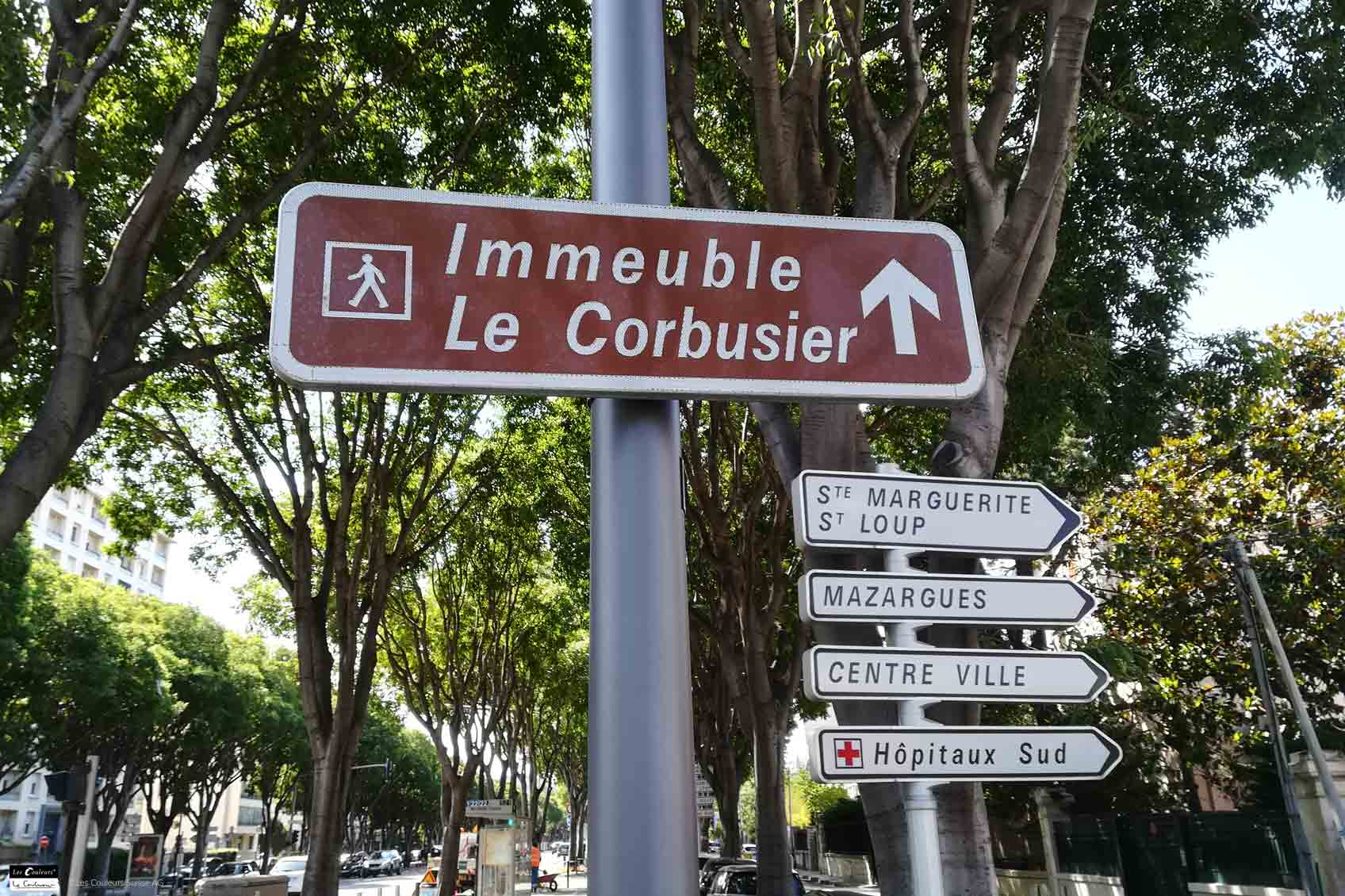
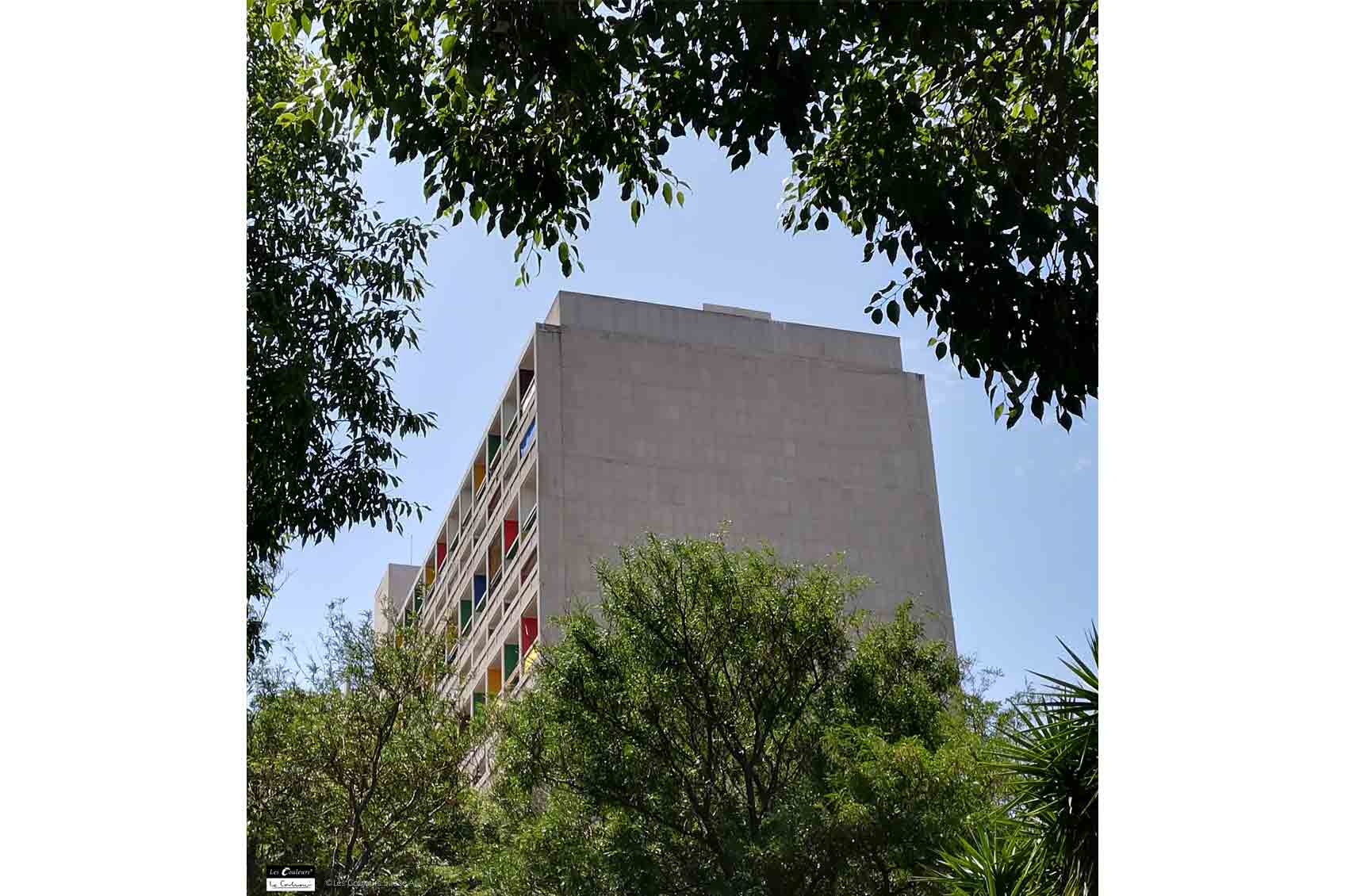
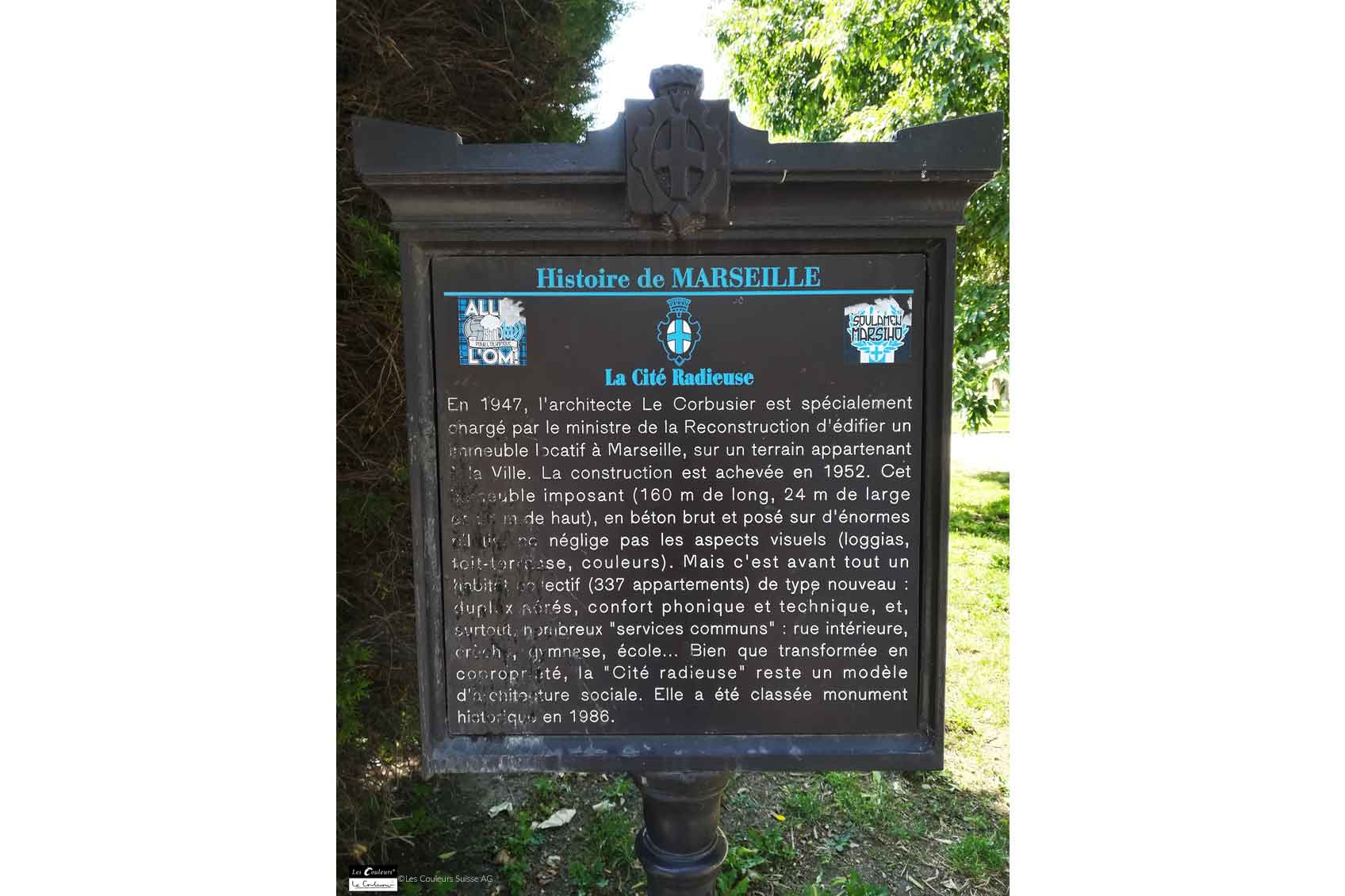
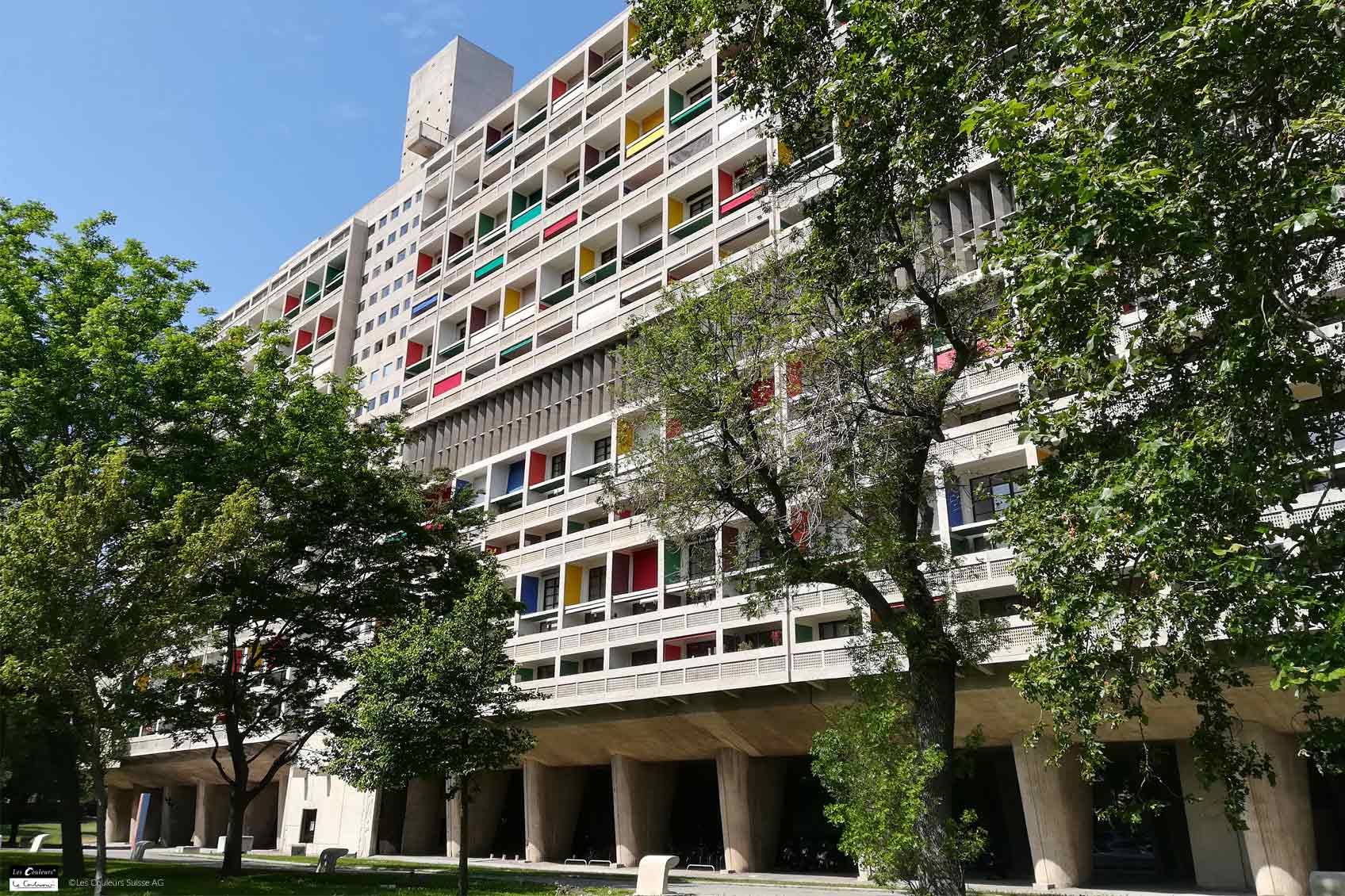
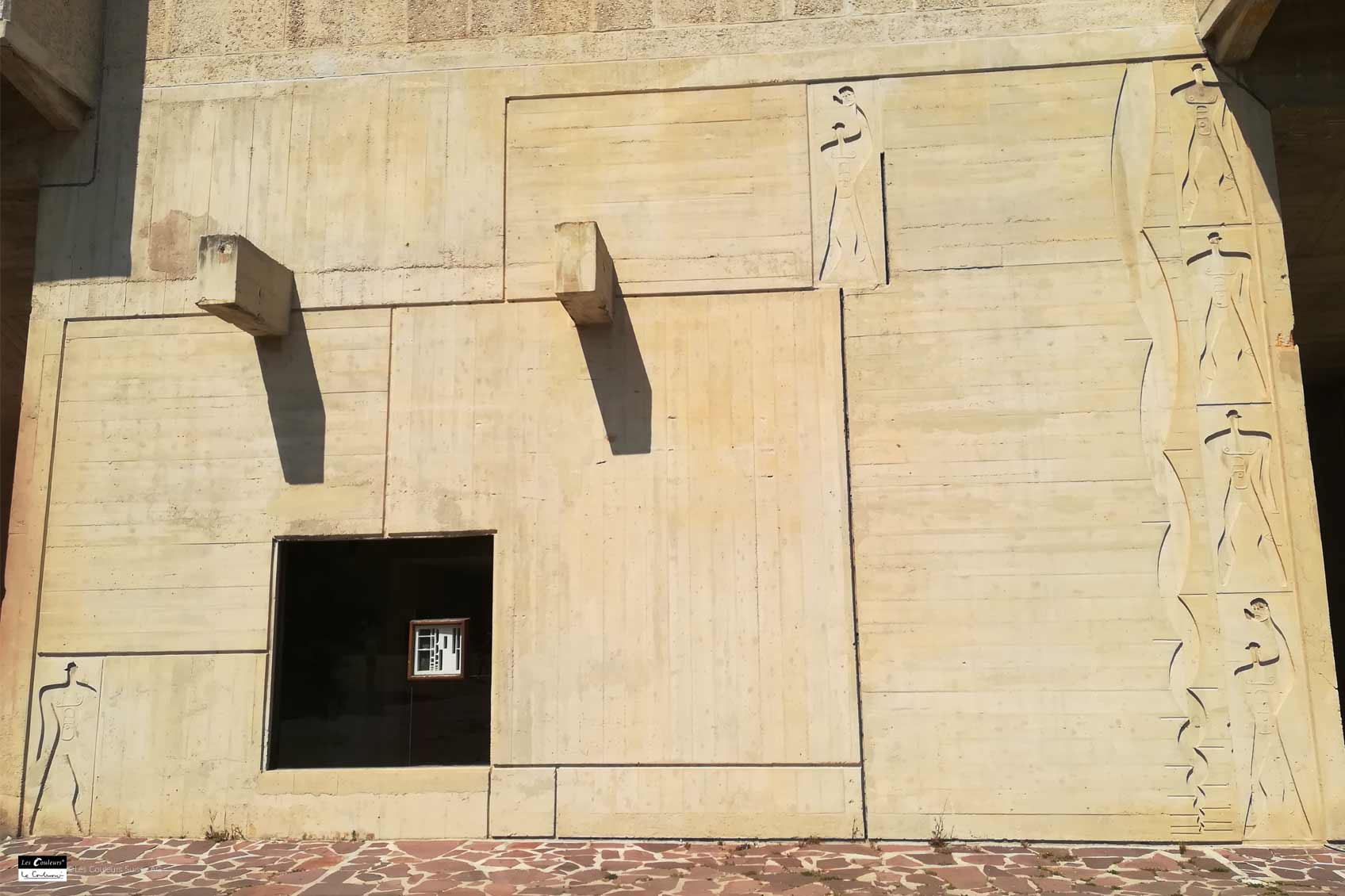
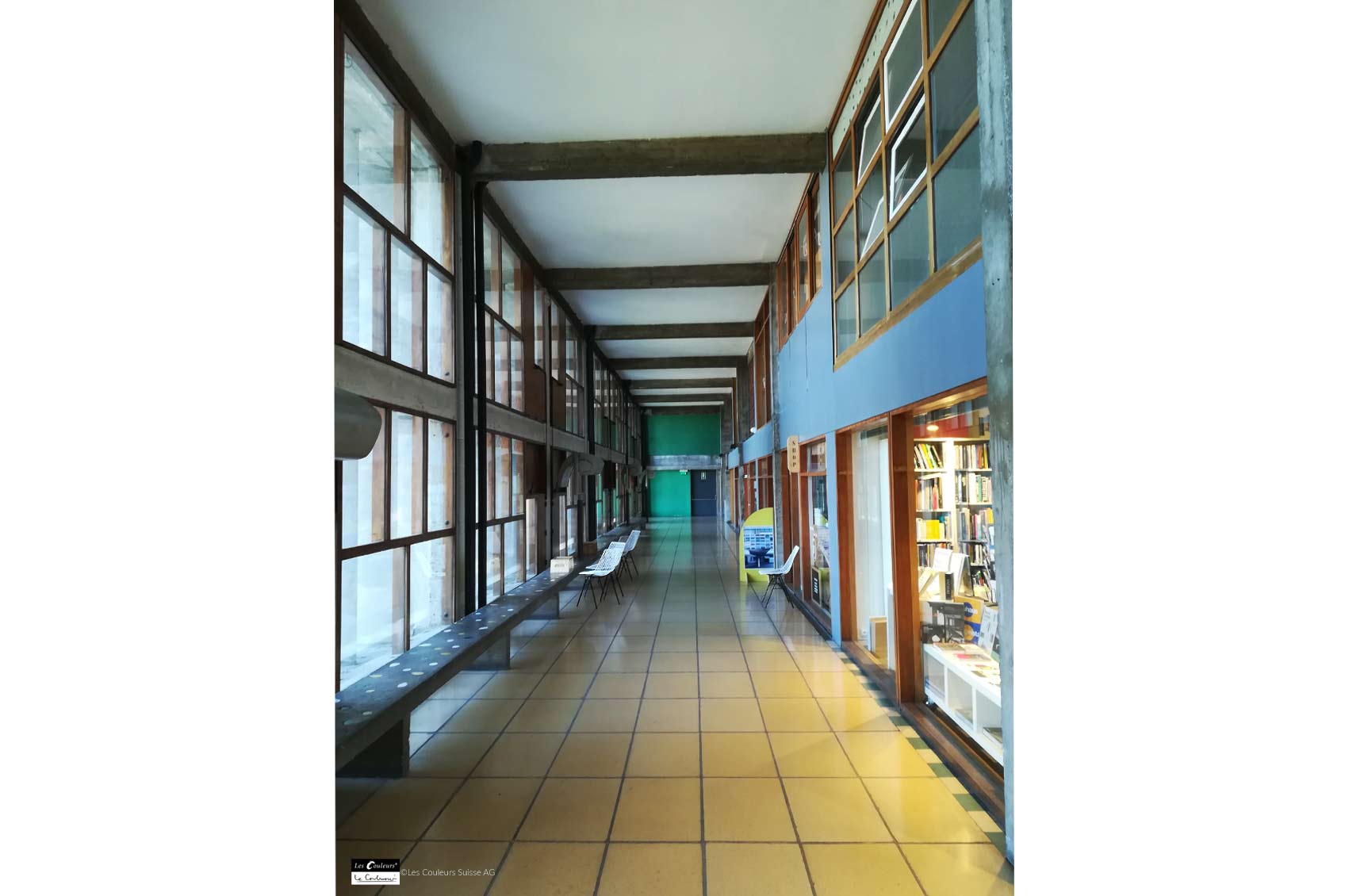
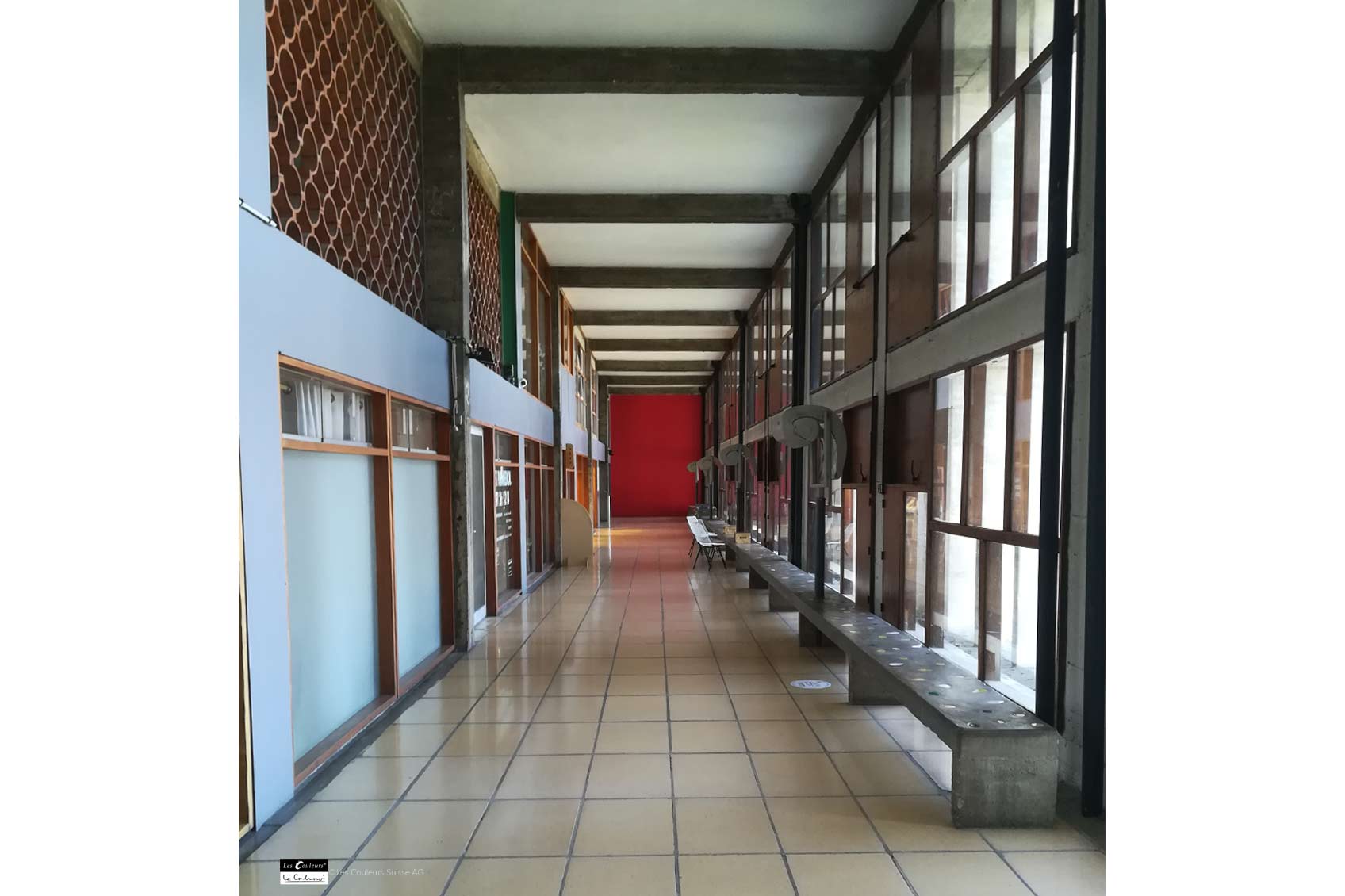
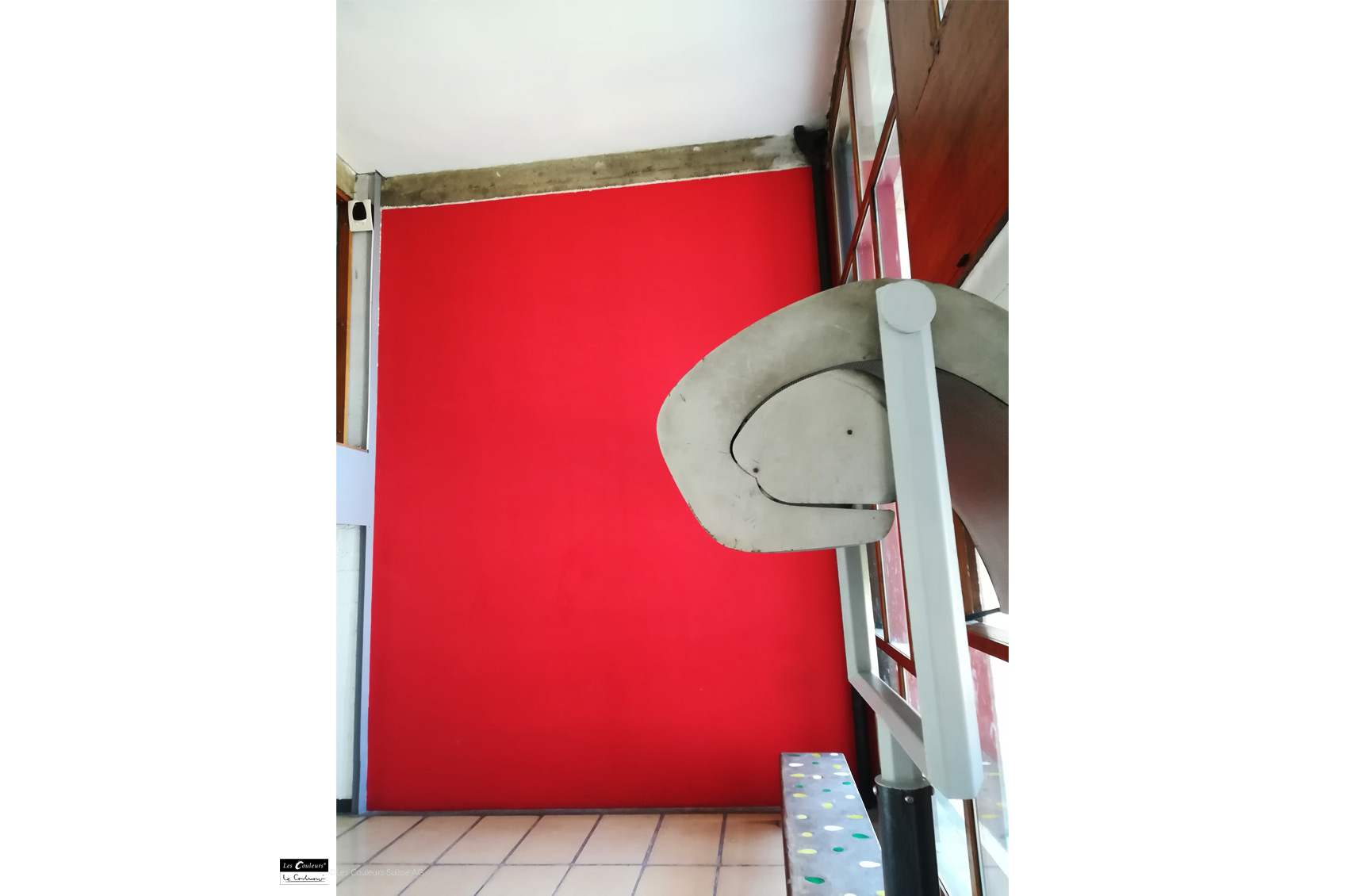
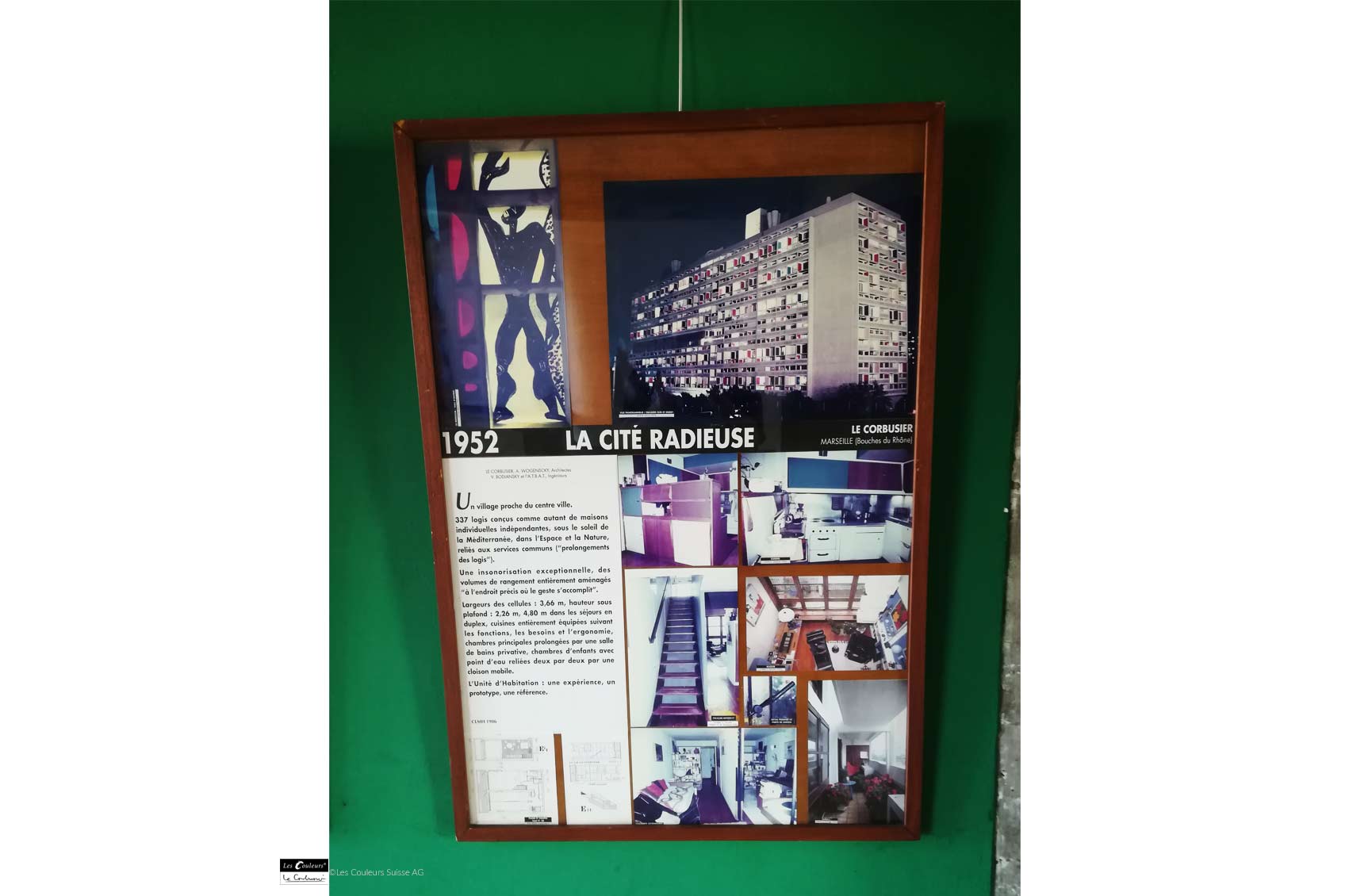
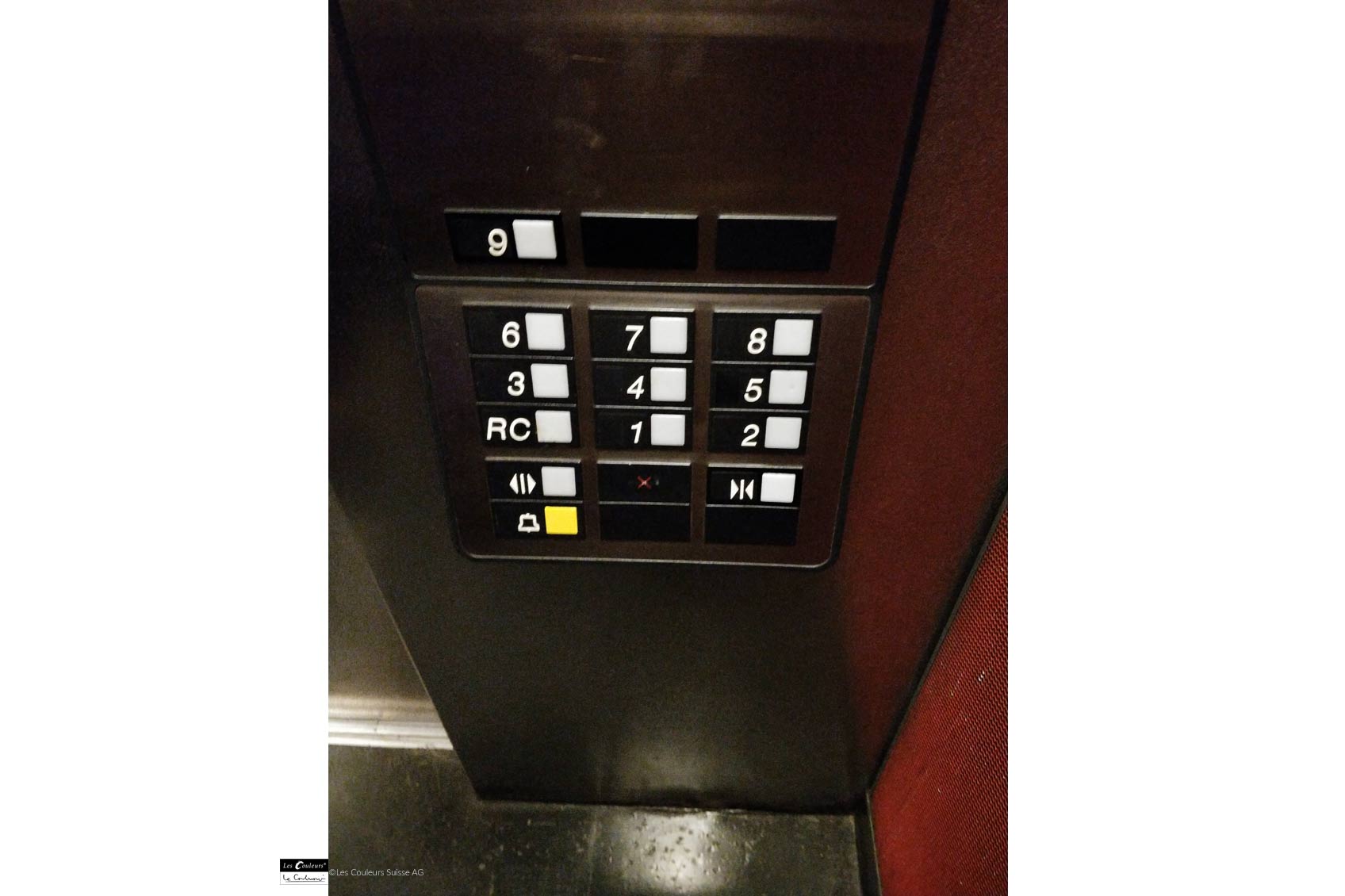
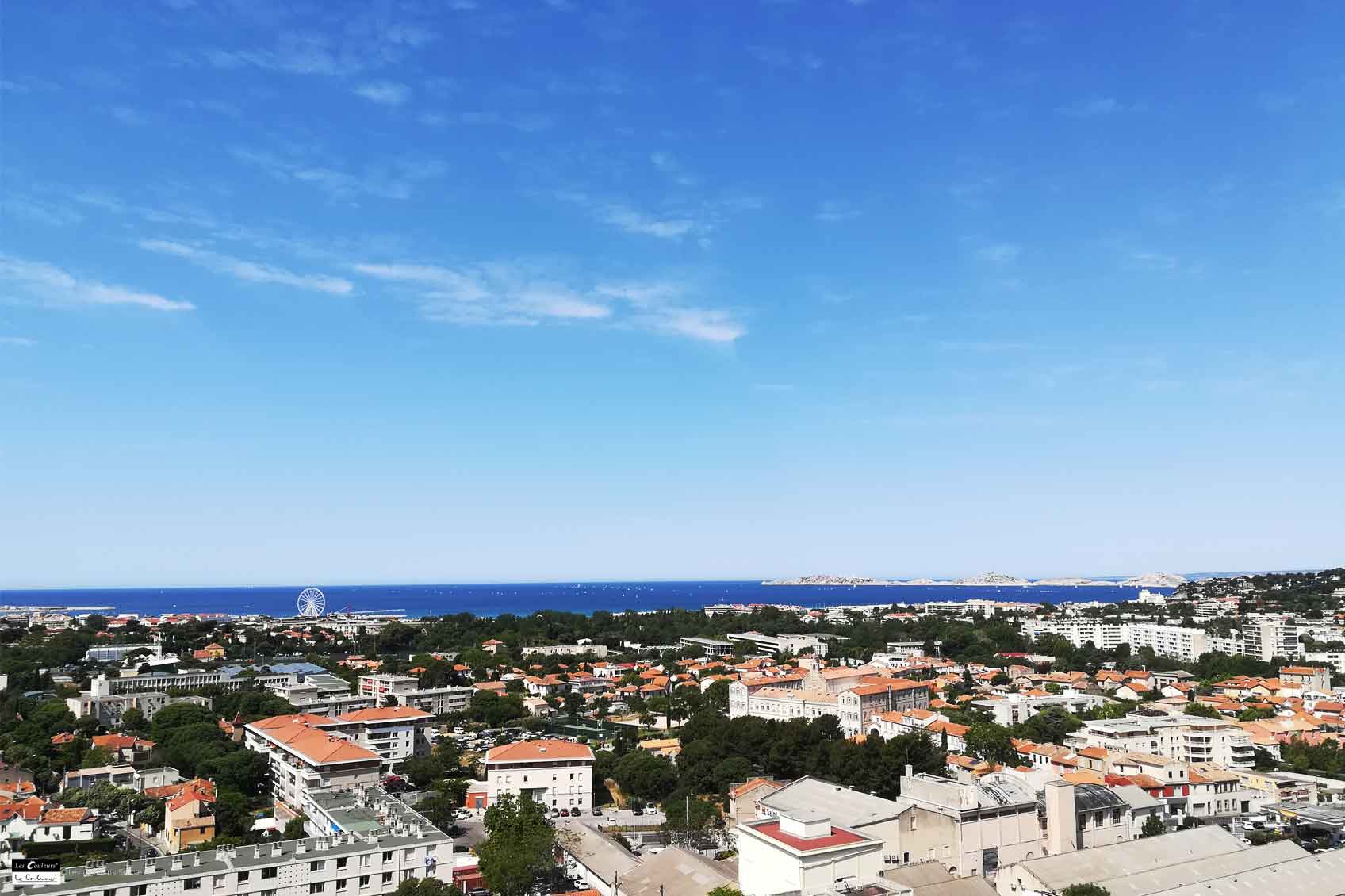
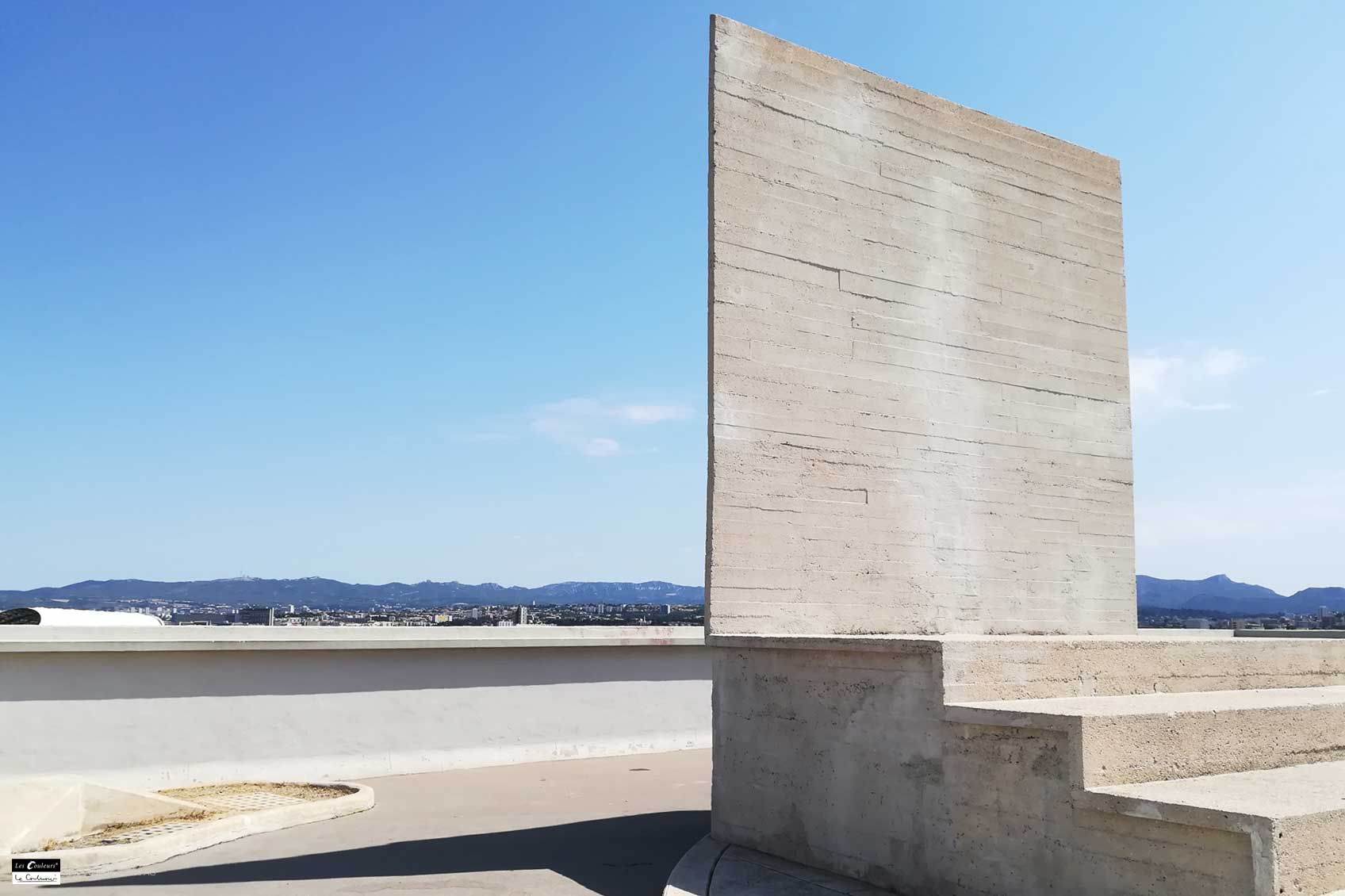
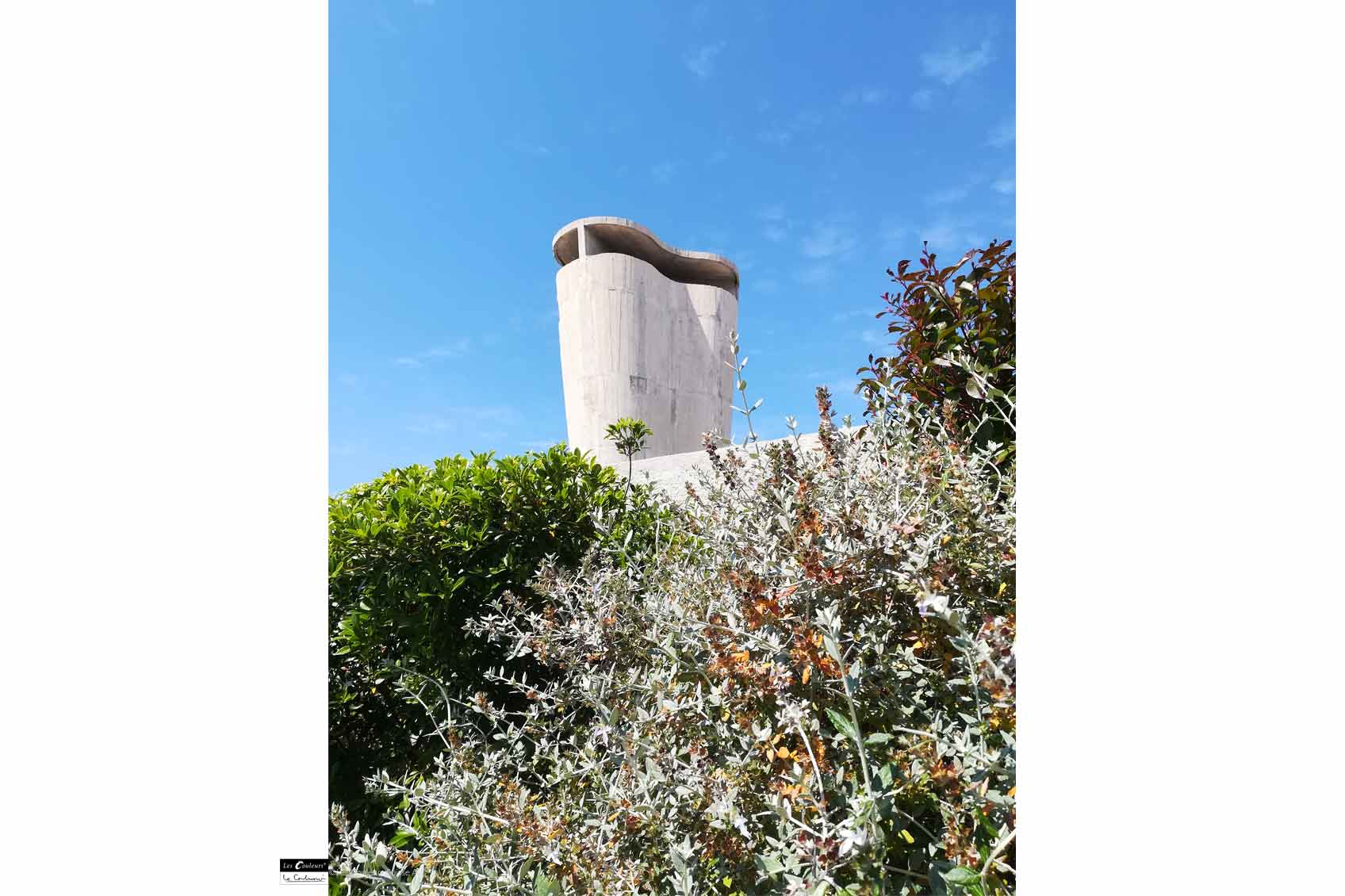
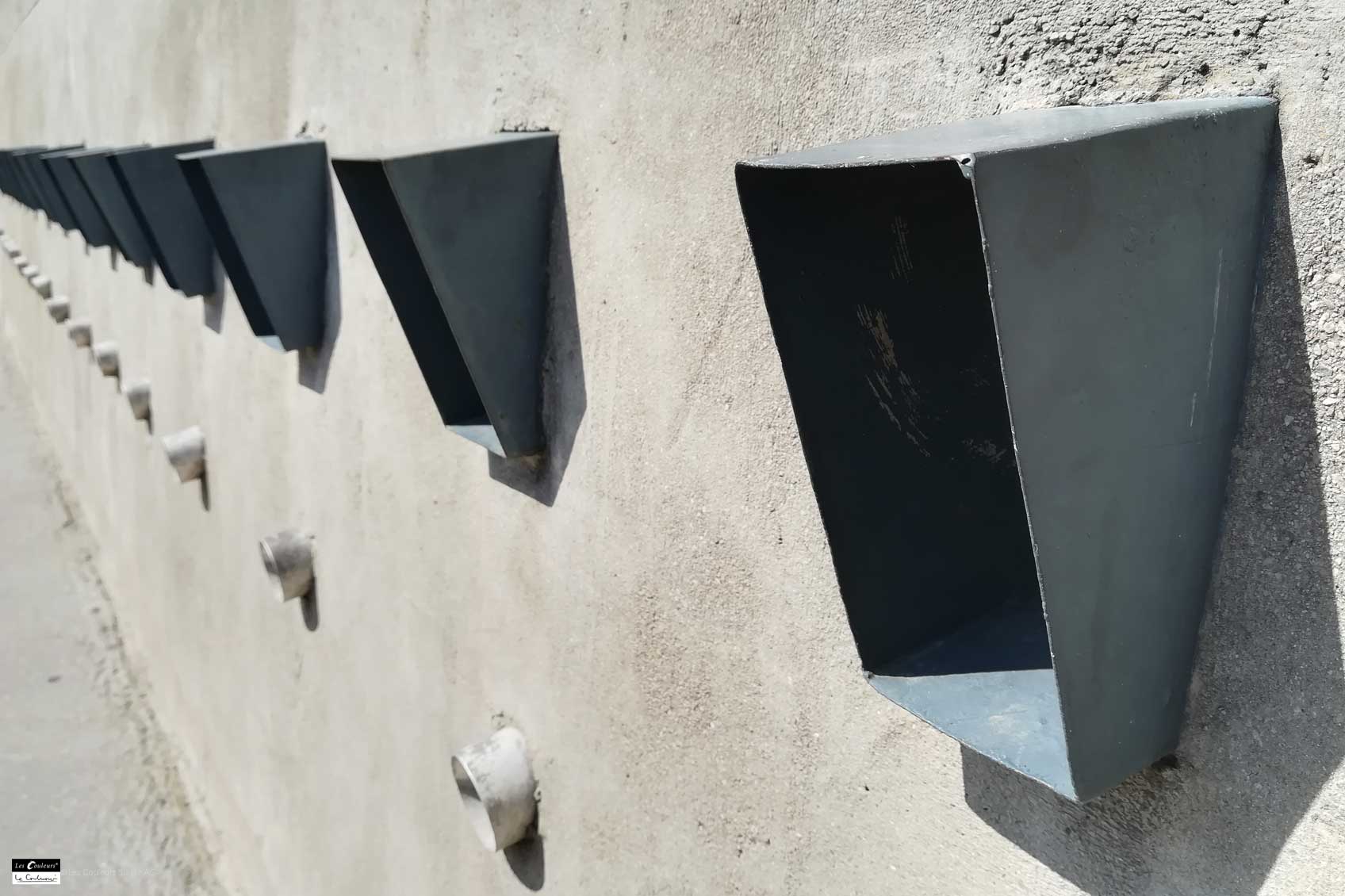
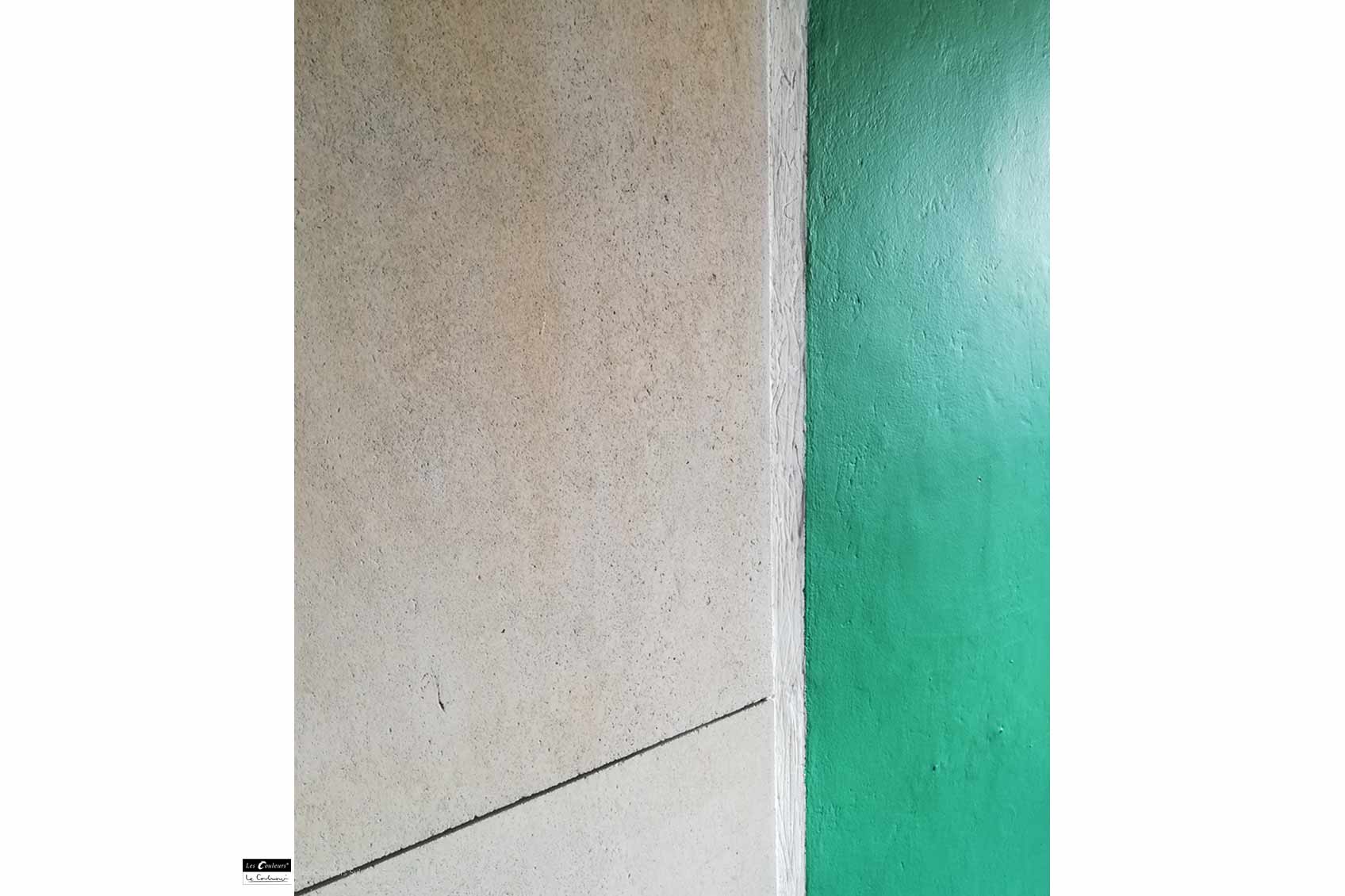
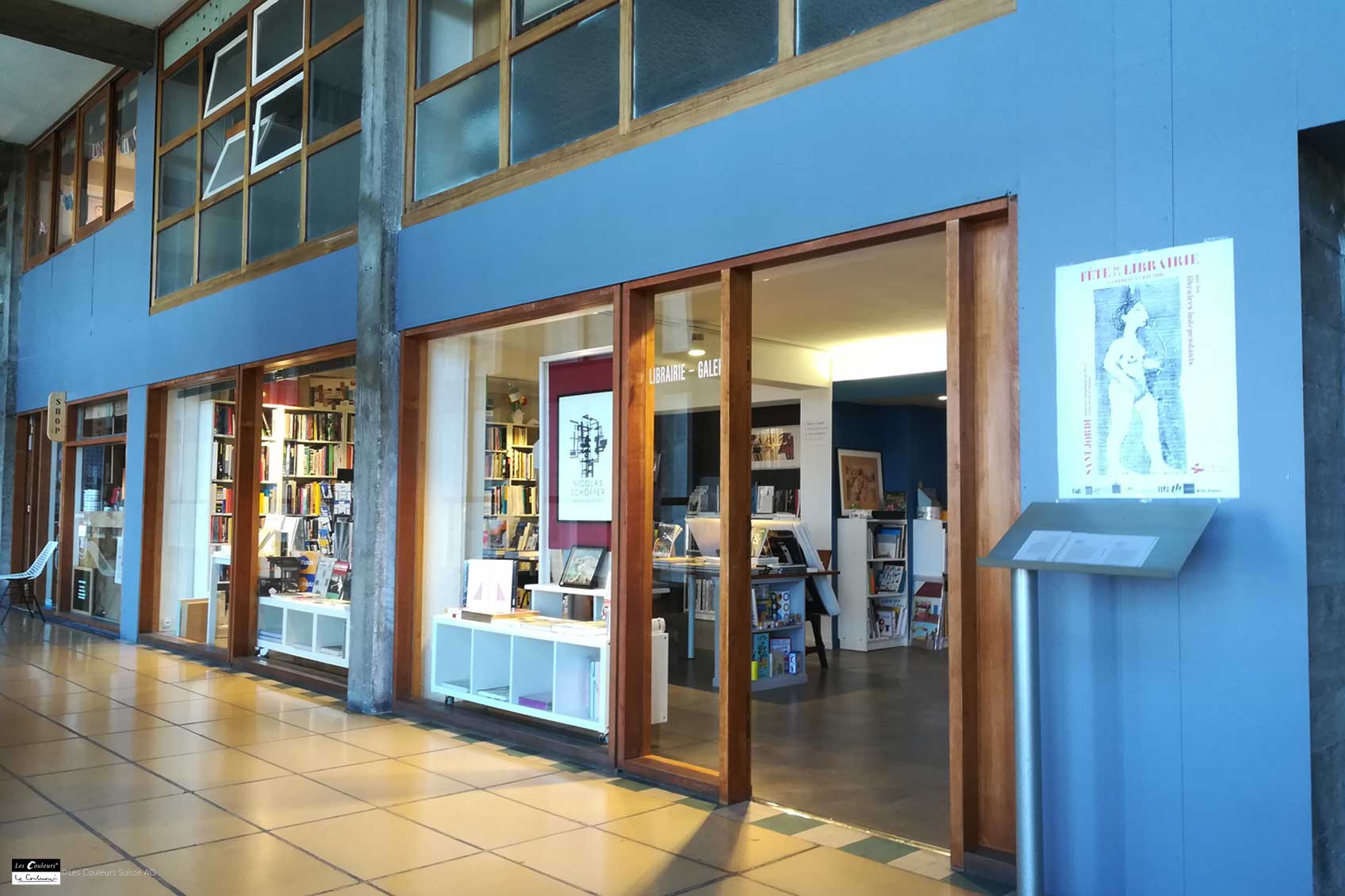
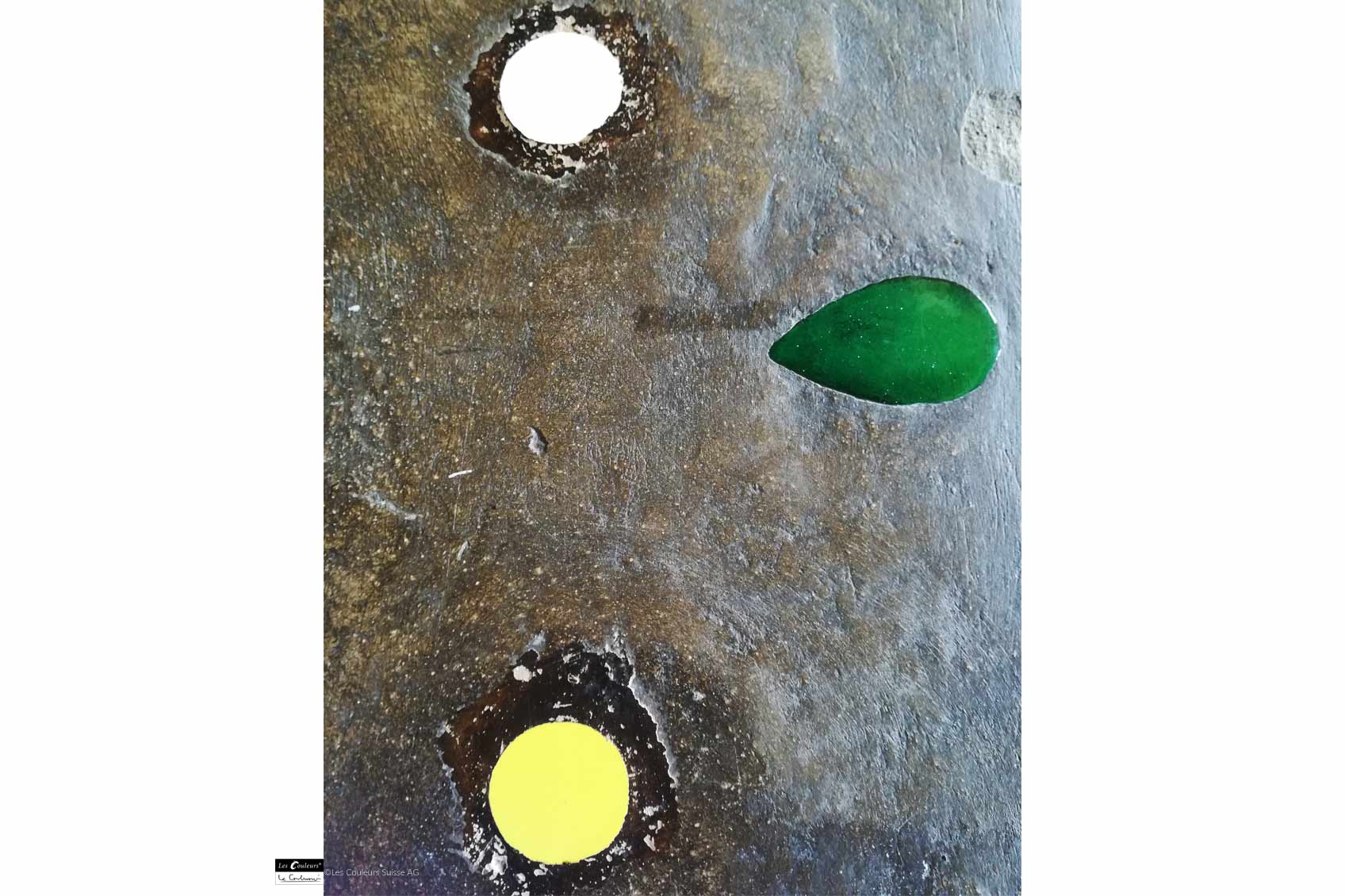
![[Translate to EN:] Journalartikel > Le Corbusiers Wohneinheit ‹Typ Berlin› – ein Dialog zwischen Gebäude, Mensch und Farbe [Translate to EN:] Journalartikel > Le Corbusiers Wohneinheit ‹Typ Berlin› – ein Dialog zwischen Gebäude, Mensch und Farbe](/fileadmin/media/journal/Le_Corbusier/Farbdialog/Cube-Corbusierhaus-Berlin-Les-Couleurs-Le-Corbusier-13.jpg)
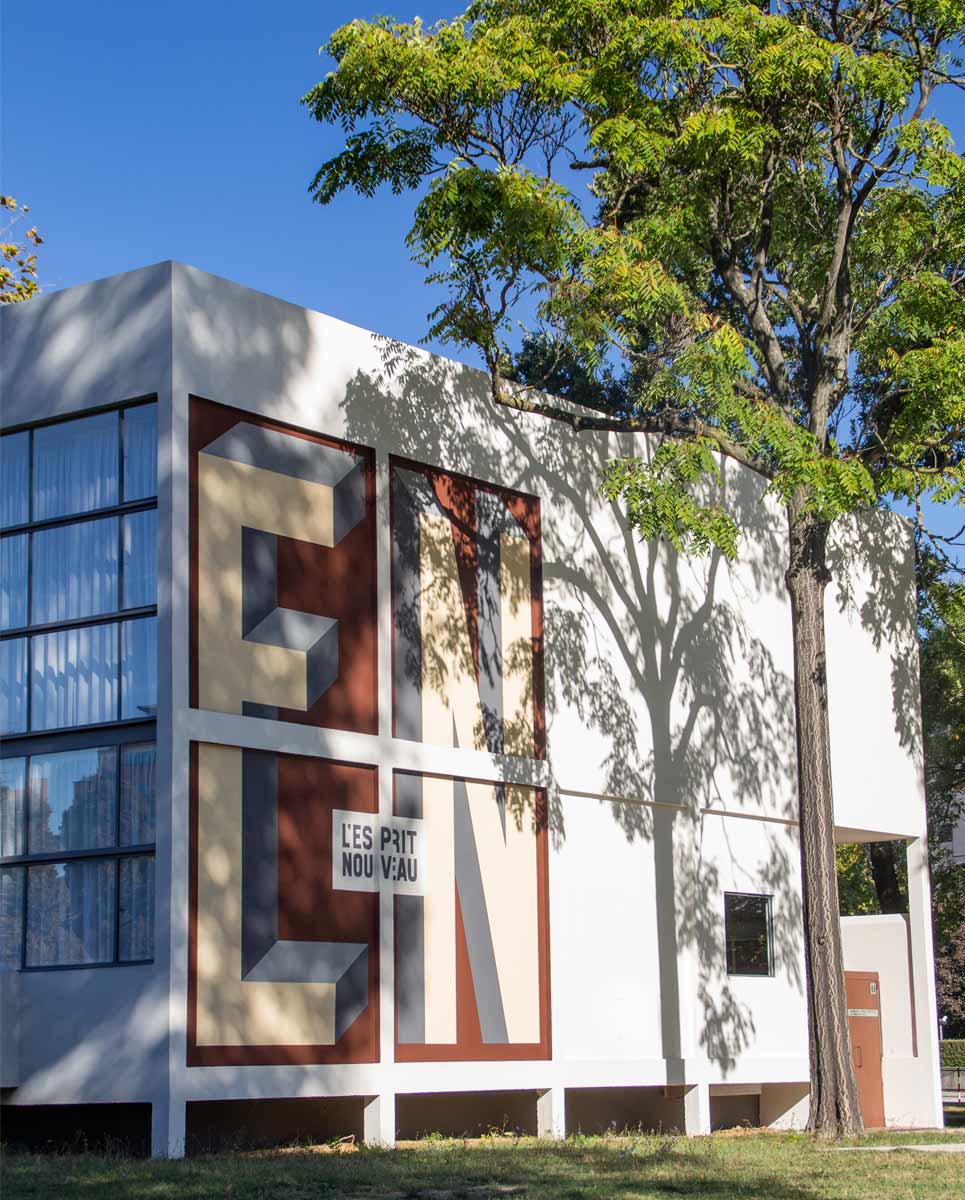
![[Translate to EN:] Zum Artikel der Modulor von Le Corbusier [Translate to EN:] Zum Artikel Le Modulor](/fileadmin/media/journal/Bibliothek/Modulor/Cube-Unite-d_Habitation-Berlin-Modulor-_c_Les-Couleurs-Suisse.jpg)
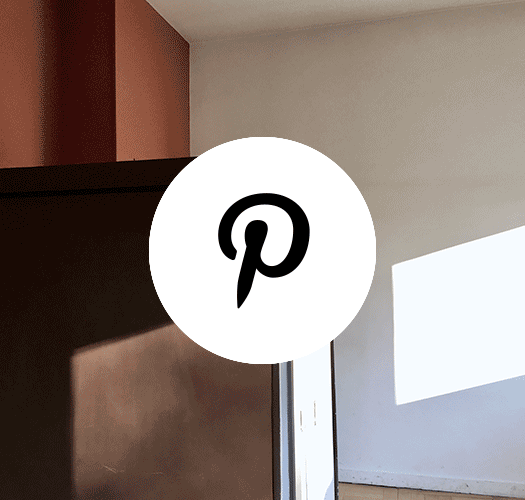

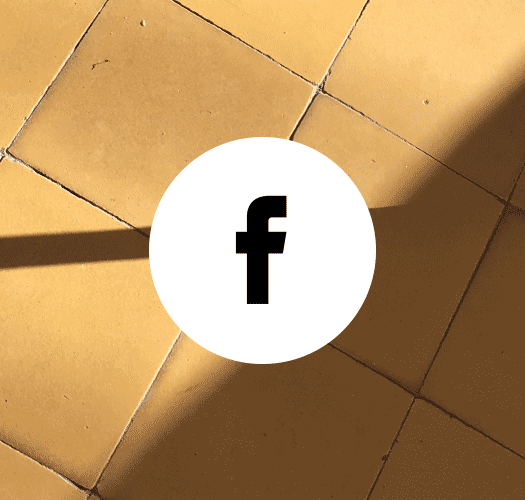

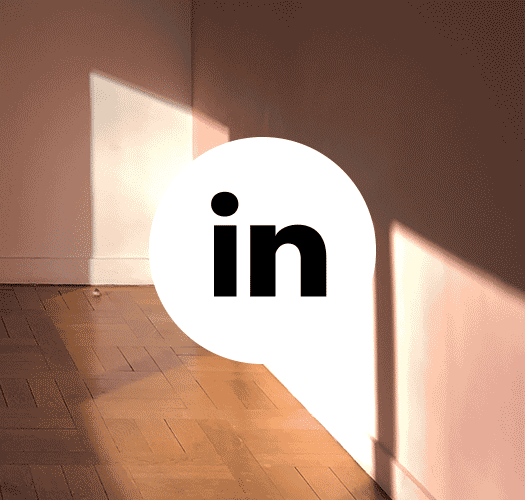
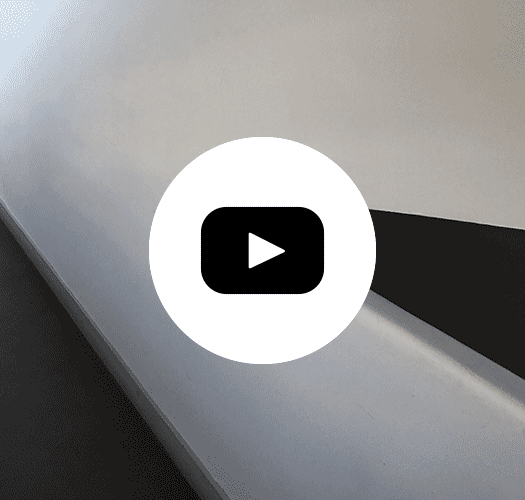

Comments
No Comments